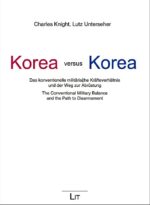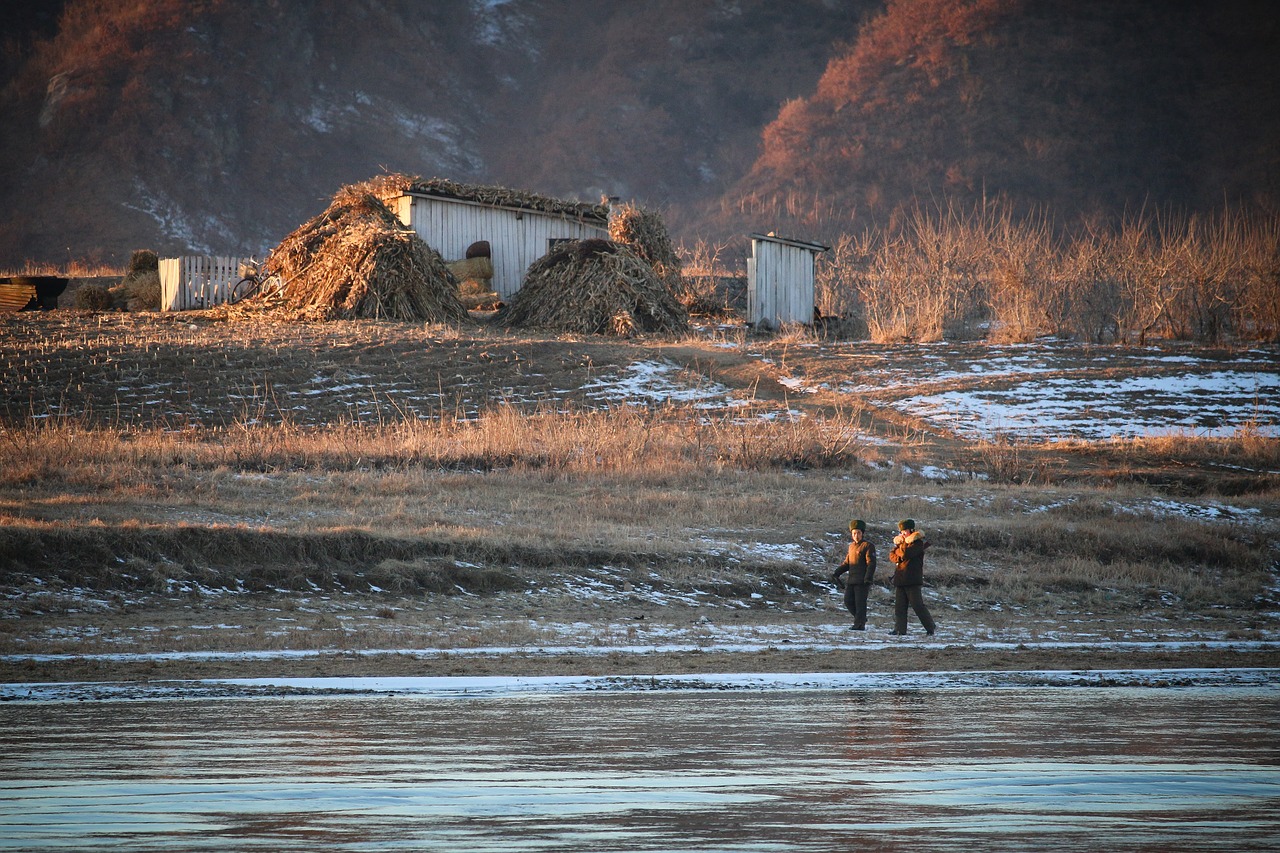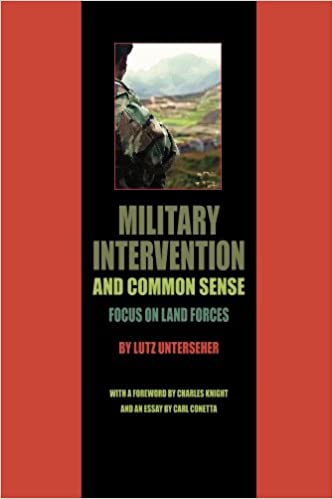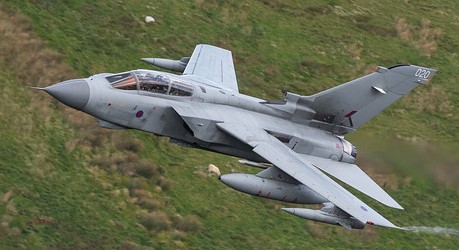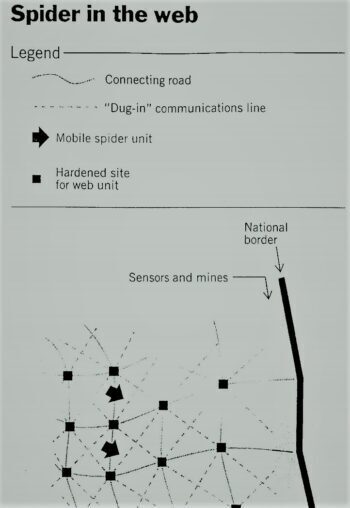by Charles Knight and Lutz Unterseher, Lit Verlag, Munster, Germany, April 2020.
➪ full book PDF or ➪ order Paperback
Chapter: “A Path to Reductions of Conventional Forces on the Korean Peninsula” by Charles Knight.
➪ read full English text: PDF or ➪ Korean auto-translation (DeepL)
Varied incremental steps that embody and signal the accumulating commitment to a minimally acceptable common political future for Korea are key to this process. Progressive reduction of cross-border invasion threats through mutual confidence building force restructuring will constitute a virtuous circle of reinforcement for a changed relationship. [Through the] accumulation of the sunk costs of iterative reciprocity North and South Korea will arrive at a point where the demonstrated commitment to smaller restructured military postures is sufficient to allow rapid progress toward a stable level and disposition of arms compatible with a new peaceful political relationship. ~ Knight
Die Konfrontation auf der Halbinsel, mit offensivir Oreintierung und Bereitschaft zur Praemption, impliziert Stabilitatsrisiken. Diese werden noch erhoht durch Entwicklung und Einfuhrung prazier ballistischer Raketen, welche die Illusion nahren, den Gegner im Konfilktfall ‘enthaupten’ zu konnen. ~ Unterseher

